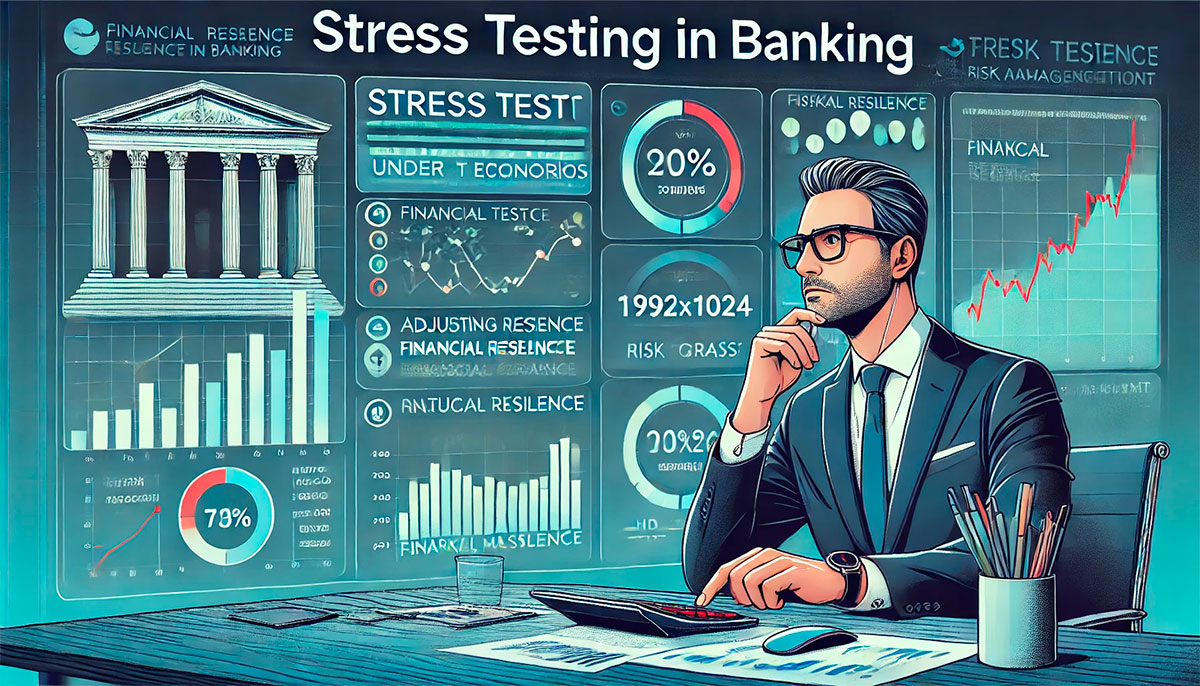Credit risk management is a fundamental aspect of banking, as it helps financial institutions minimize potential losses associated with borrowers failing to repay their loans. Effective credit risk management allows banks to identify, assess, and mitigate risks that arise from lending activities, ultimately ensuring their financial stability and protecting their clients’ assets. In recent years, advances in technology, data analytics, and regulatory changes have influenced how banks approach credit risk management. This article explores modern approaches to managing credit risks in banks, highlighting how these methods have evolved and the tools available to financial institutions today.
The Evolution of Credit Risk Management
Historically, credit risk management was a manual process based largely on personal judgment, financial ratios, and the subjective assessment of borrowers’ creditworthiness. Credit officers would review loan applications, considering factors such as the borrower’s credit score, income, and collateral, often relying on their experience to gauge the level of risk involved. While this method helped banks make informed decisions, it left considerable room for human error and inefficiencies in managing credit risk.
In the modern banking landscape, technological advancements have revolutionized the approach to managing credit risks. The introduction of data analytics, artificial intelligence (AI), and machine learning (ML) has enabled banks to evaluate risk more accurately and make data-driven decisions. These tools allow for the development of predictive models that can identify patterns in borrowers’ behavior and assess their likelihood of default more effectively than traditional methods. In addition, regulatory frameworks have evolved to ensure that banks adopt standardized approaches to risk management, further strengthening their ability to minimize potential losses.
Data-Driven Decision Making
One of the most significant advancements in credit risk management is the ability to leverage vast amounts of data to make better lending decisions. With access to large datasets, banks can now perform in-depth analyses of borrowers’ financial histories, spending behaviors, and even social factors that may influence their creditworthiness. This data-driven approach goes beyond traditional credit scores, enabling banks to create more comprehensive profiles of borrowers and more accurately assess risk.
For example, banks use alternative data sources—such as payment histories for utility bills, rental payments, and even social media activity—to evaluate borrowers who may have thin credit files or limited credit histories. This is particularly beneficial for individuals who are new to credit or who have been excluded from traditional lending systems. By expanding the data inputs used to assess risk, banks can offer credit to a broader range of consumers while still managing their exposure to default.
Artificial Intelligence and Machine Learning
Artificial intelligence (AI) and machine learning (ML) have become integral to modern credit risk management. These technologies allow banks to automate and enhance the credit assessment process, improving efficiency, accuracy, and speed. Machine learning algorithms, for example, can analyze vast amounts of data from past loan performance and identify patterns that human analysts might overlook. Over time, these algorithms can learn from new data, continuously improving their predictions and providing more accurate assessments of credit risk.
AI and ML also enable banks to assess credit risk in real-time, allowing for faster decision-making. This is particularly useful in environments where loan applications are processed quickly, such as in consumer credit or auto lending. By automating the process of credit scoring and risk assessment, banks can reduce the time it takes to approve loans, improve customer satisfaction, and increase operational efficiency while maintaining strict credit risk standards.
Stress Testing and Scenario Analysis
Another modern approach to managing credit risks is stress testing, which involves simulating various adverse economic scenarios to assess how changes in market conditions could impact a bank’s loan portfolio. Stress testing helps banks identify potential vulnerabilities in their lending operations and prepare for extreme conditions, such as economic recessions, market crashes, or changes in interest rates. These tests allow banks to evaluate the resilience of their credit portfolios and determine whether they have sufficient capital reserves to withstand potential losses.

Scenario analysis is often used in conjunction with stress testing. This involves evaluating the impact of specific, hypothetical situations—such as a sharp rise in unemployment or a significant downturn in the housing market—on a bank’s loan portfolio. By testing how the bank’s portfolio would perform under different conditions, financial institutions can develop strategies to mitigate risks and adjust their lending practices accordingly. Stress testing and scenario analysis are especially important for banks that operate in volatile markets or those that deal with high levels of risky lending.
Credit Risk Transfer and Securitization
Credit risk transfer is another modern approach that allows banks to manage their exposure to risk by offloading some of the credit risk associated with their loan portfolios. One of the most common methods of credit risk transfer is securitization, which involves bundling loans together and selling them as securities to investors. By doing this, banks can reduce their direct exposure to loan defaults while generating additional capital that can be used for further lending activities.
Securitization allows banks to diversify their portfolios and spread risk across a wide range of investors. For example, mortgage-backed securities (MBS) allow banks to sell pools of mortgages to institutional investors, thereby transferring the credit risk associated with those mortgages. While securitization can help banks manage risk, it also introduces new complexities and regulatory oversight. In the wake of the 2008 financial crisis, regulators implemented stricter guidelines for securitization and credit risk transfer to ensure that these practices do not lead to excessive risk-taking or systemic instability.
Regulatory Frameworks and Capital Requirements
Regulatory frameworks play a critical role in modern credit risk management, ensuring that banks adhere to standardized risk management practices and maintain sufficient capital buffers to absorb potential losses. The Basel Accords, developed by the Bank for International Settlements (BIS), are a set of international banking regulations that outline the minimum capital requirements for banks and provide guidelines for managing credit risk. Under these regulations, banks are required to maintain a certain level of capital relative to the riskiness of their assets, ensuring that they are well-capitalized to withstand credit losses.
In addition to capital requirements, regulators also require banks to conduct regular risk assessments and maintain robust risk management frameworks. These regulations are designed to promote financial stability and prevent banks from taking excessive risks that could threaten their solvency or contribute to broader economic instability. Compliance with regulatory frameworks ensures that banks manage their credit risk in a responsible and transparent manner, protecting both the financial institution and the broader economy from potential financial crises.
The Role of Credit Risk Models
Modern banks rely heavily on credit risk models to quantify and manage the risks associated with lending. These models use a combination of historical data, statistical analysis, and machine learning to predict the likelihood of default and assess the potential losses that a bank could face in the event of a default. Credit risk models can be used to assess the creditworthiness of individual borrowers, as well as to analyze the risk profile of entire loan portfolios.
One of the most widely used credit risk models is the credit scoring model, which assigns a numerical score to borrowers based on their credit history, income, and other factors. These models allow banks to make objective lending decisions and assess the level of risk associated with each loan. More advanced models, such as credit portfolio models, evaluate the risk of an entire loan portfolio by considering factors like diversification, correlations between assets, and the economic environment. By using these models, banks can identify concentrations of risk in their portfolios and take steps to mitigate potential losses.
Modern approaches to managing credit risk in banks have evolved significantly from traditional methods. Advances in technology, including data analytics, artificial intelligence, and machine learning, have enabled banks to assess and mitigate credit risks with greater accuracy and efficiency. Stress testing, credit risk transfer mechanisms like securitization, and compliance with regulatory frameworks also play essential roles in ensuring that banks can navigate potential risks and safeguard their financial stability. While managing credit risk remains a complex and ongoing challenge for banks, these modern techniques and tools allow financial institutions to remain resilient in the face of economic uncertainty and continue to offer credit to borrowers in a responsible manner.



